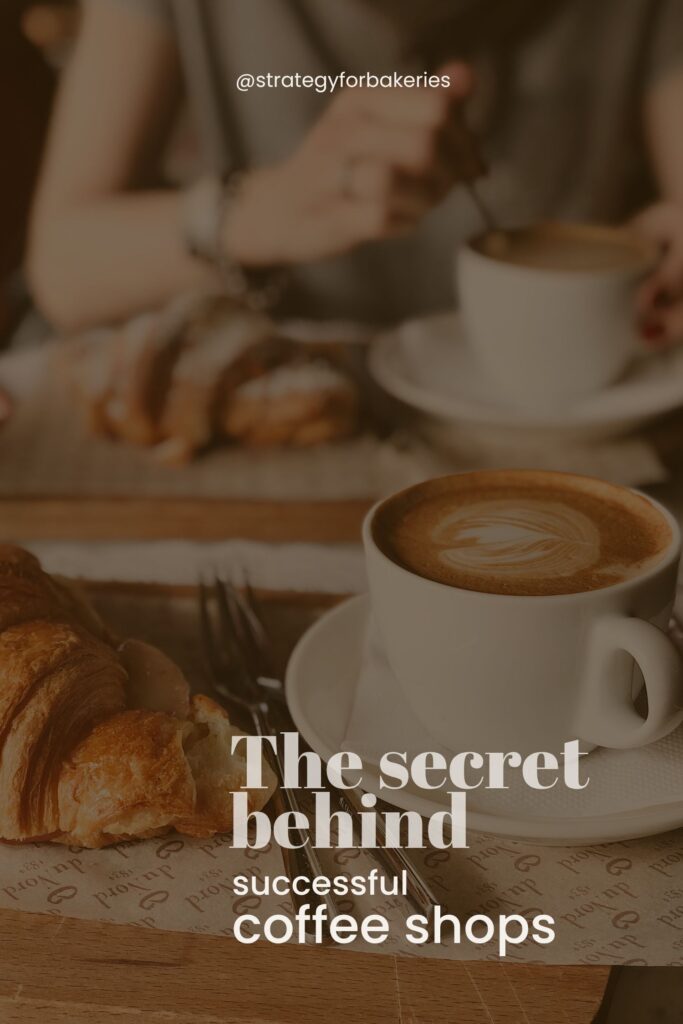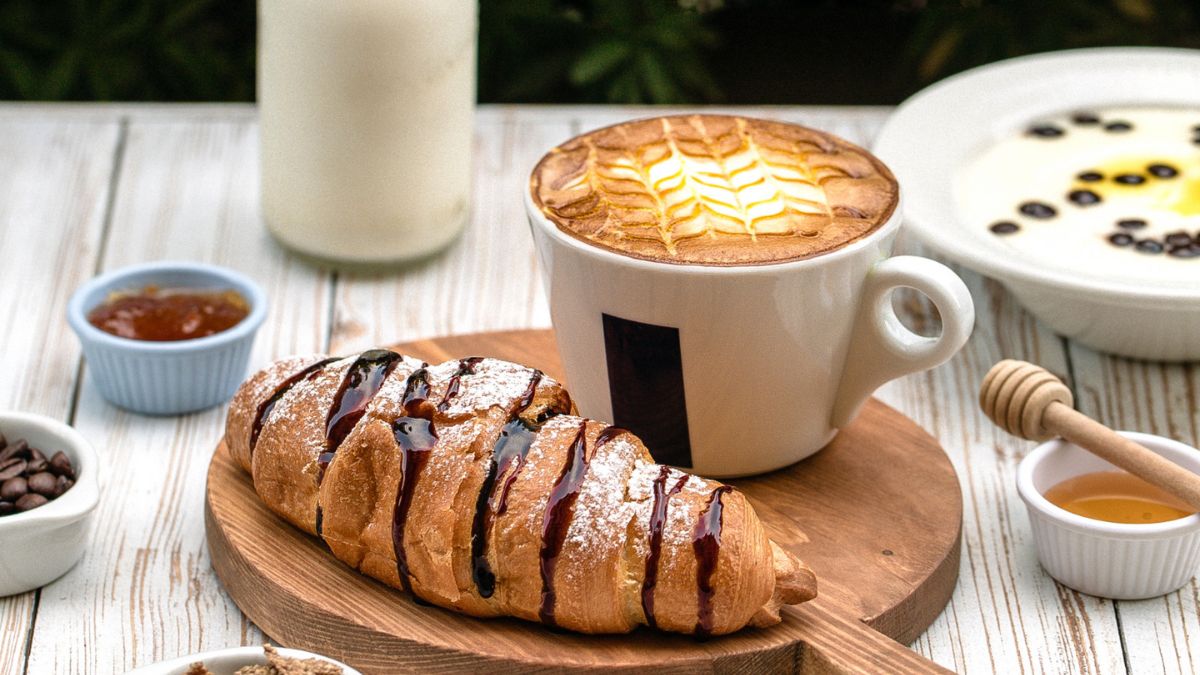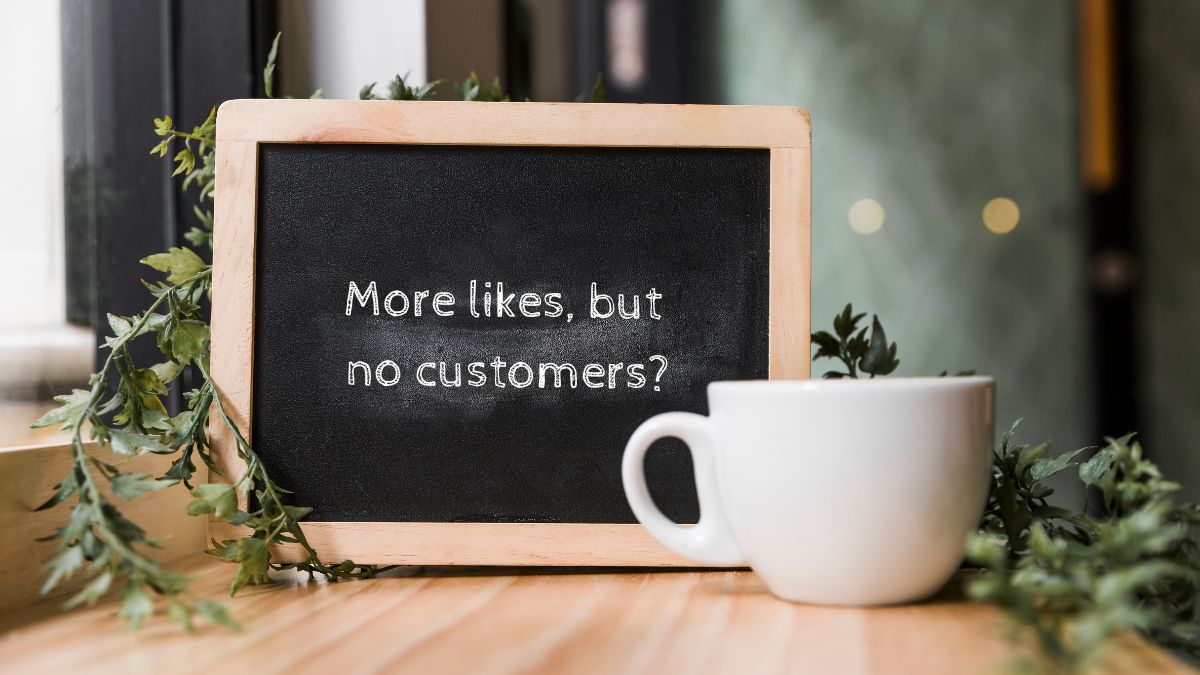Walk into any lively neighborhood and you’ll notice a curious pattern: some bakeries and cafés are constantly buzzing with activity, even though their prices are significantly higher than others nearby. At the same time, other businesses struggle to fill seats despite offering regular promotions and discounts. This challenges the widespread belief that price is the primary factor behind customer choices—especially when it comes to small indulgences like coffee and pastries.
For bakery and café owners, this raises an important question: could focusing too much on competitive pricing be holding your business back? Many fall into the trap of price wars, slowly eroding profit margins and diluting the perceived value of their offerings. The truth is, long-term success doesn’t come from having the cheapest croissant—it comes from building a compelling experience that makes customers willing to pay more to be part of it.
The pitfalls of competing on price
Lowering prices seems like a simple and effective way to attract more customers. But in the world of artisanal food and beverage, it often leads to unintended consequences. When you position your business as the budget-friendly option, you’re training your customers to care more about cost than about quality, uniqueness, or the overall experience.
This makes your business more vulnerable to changes in costs and customer loyalty. And once you’re known for being “affordable,” it becomes much harder to reposition yourself as premium later. The result? A constant race to the bottom and a brand identity that’s hard to sustain.
On the other hand, businesses that invest in experience over discounts tend to see higher customer retention, stronger growth, and greater resilience—even when charging 15–30% more than competitors.

What customers are really paying for
Price is just a number. What really drives buying behavior is perceived value—the total experience and emotional satisfaction customers feel they’re getting for that price. This goes far beyond ingredients and portion sizes. It includes the ambiance of your shop, the expertise of your team, the quality of your service, your brand story, and even how customers feel about themselves when they buy from you.
When someone pays more for a coffee or pastry, they’re often paying for more than just the product. They’re buying a curated moment, an expression of their identity, and a signal of their taste and values.
Five ways to increase perceived value (and justify higher prices)
If you want to transition away from price competition and build a stronger, more profitable business, focus on enhancing the things that matter most to your customers:
1. True product differentiation
Quality needs to be visible and tangible. This doesn’t always mean using the most expensive ingredients—it means choosing ingredients and methods that result in products people can taste the difference in. Thoughtful production techniques, local or ethical sourcing, and attention to detail go a long way.
2. Memorable environment
People are willing to pay more for experiences. Lighting, music, seating, layout, and even materials used in your space all influence how customers perceive your brand. A warm, comfortable, and beautifully designed space increases the perceived value of everything you sell.
3. Service that educates and connects
Your team isn’t just there to take orders—they can elevate the entire experience. Train staff to speak with confidence about your products, offer personalized recommendations, and build relationships with returning customers. A knowledgeable, passionate team can instantly make your offerings feel more valuable.
4. Brand storytelling and transparency
Customers are drawn to authenticity. Share what makes your process special, from your sourcing practices to your baking philosophy. When customers understand the care and craftsmanship behind what you do, price objections fade and loyalty increases.
5. Intentional scarcity and specialization
Not everything should be available all the time. Limited-edition items, seasonal flavors, or signature products that can’t be found elsewhere add exclusivity and create urgency. When your business becomes known for something special, customers are willing to pay more to access it.
How to start moving away from discounts
Making the shift from competing on price to building perceived value doesn’t happen overnight, but it’s worth the effort. Here’s how to start:
- Audit your current offer: Understand what truly sets your business apart and which products drive the most value.
- Invest in visible quality: Start by improving one or two products or areas that will have the greatest impact.
- Educate your customers: Use signage, packaging, social media, and staff conversations to communicate your process and values.
- Improve the environment: Small upgrades to your space can significantly change how customers perceive your brand.
- Adjust pricing gradually: Introduce premium items first and raise prices slowly on your core products as perceived value increases.
Success is more than profit
Yes, charging more can improve your bottom line. But the real win is building a business that customers choose over and over—not because it’s cheaper, but because it’s better, more memorable, and more meaningful. This approach also leads to stronger staff retention, better supplier relationships, and a brand identity that’s built to last.
Want more strategies like this delivered to your inbox?
Sign up for our free newsletter and get practical insights on how to grow a thriving, premium bakery or café—without relying on discounts.



